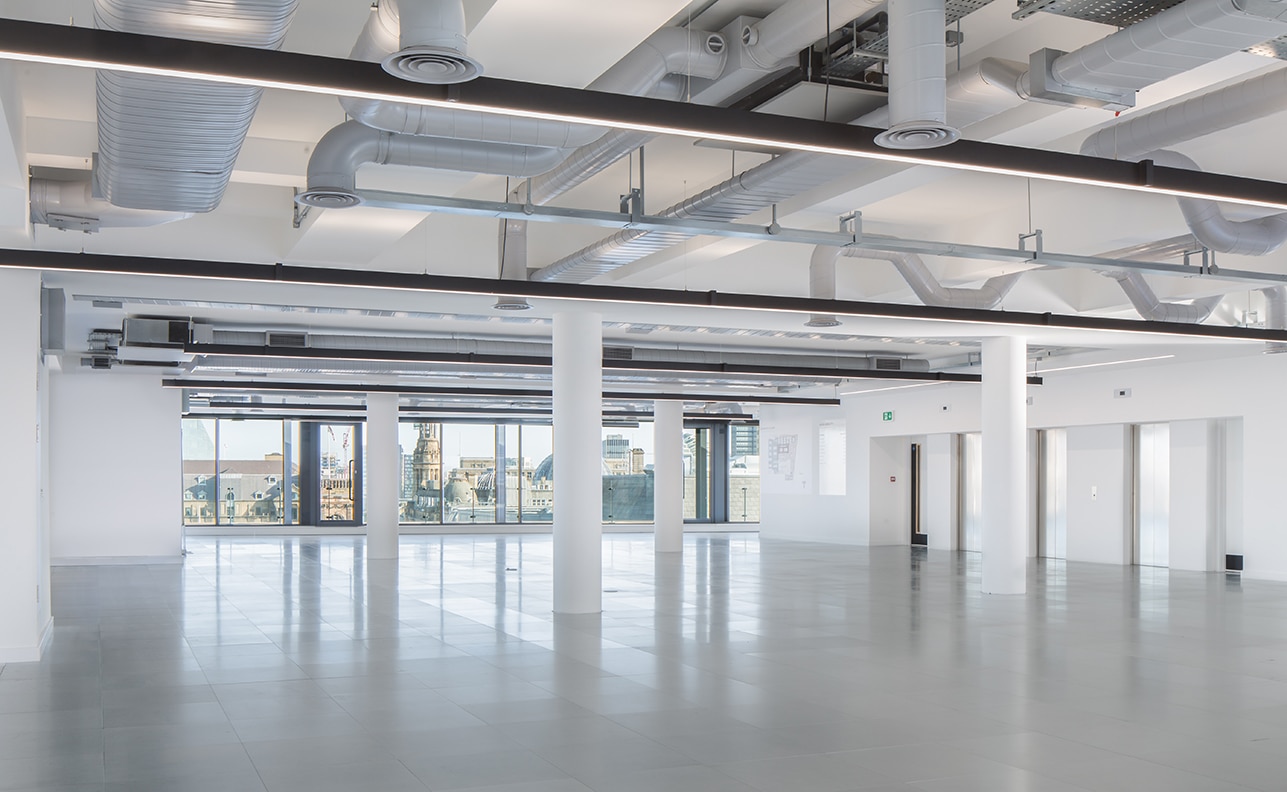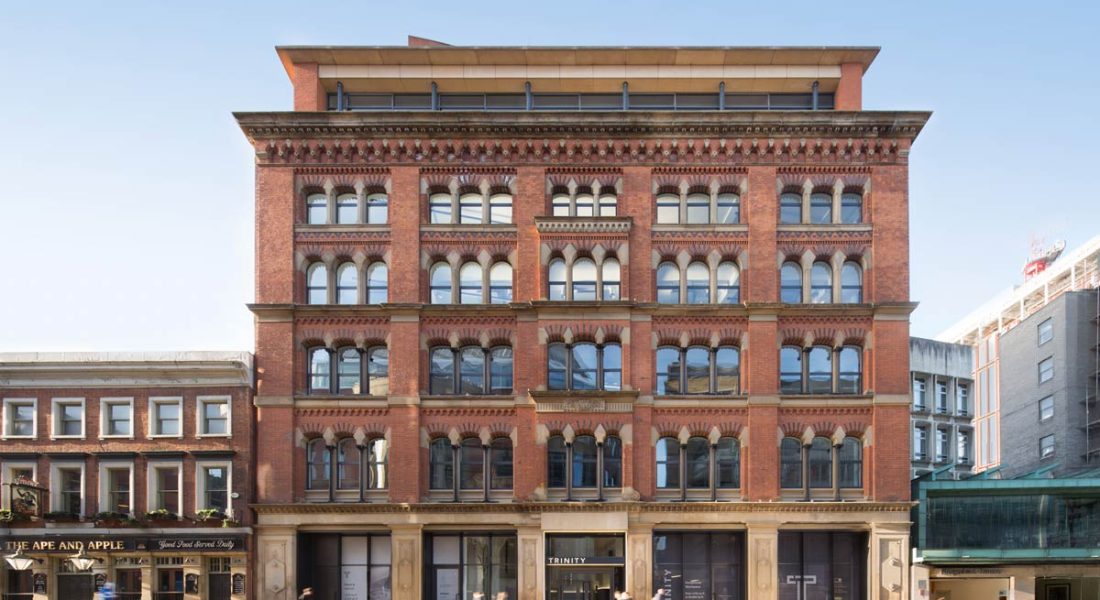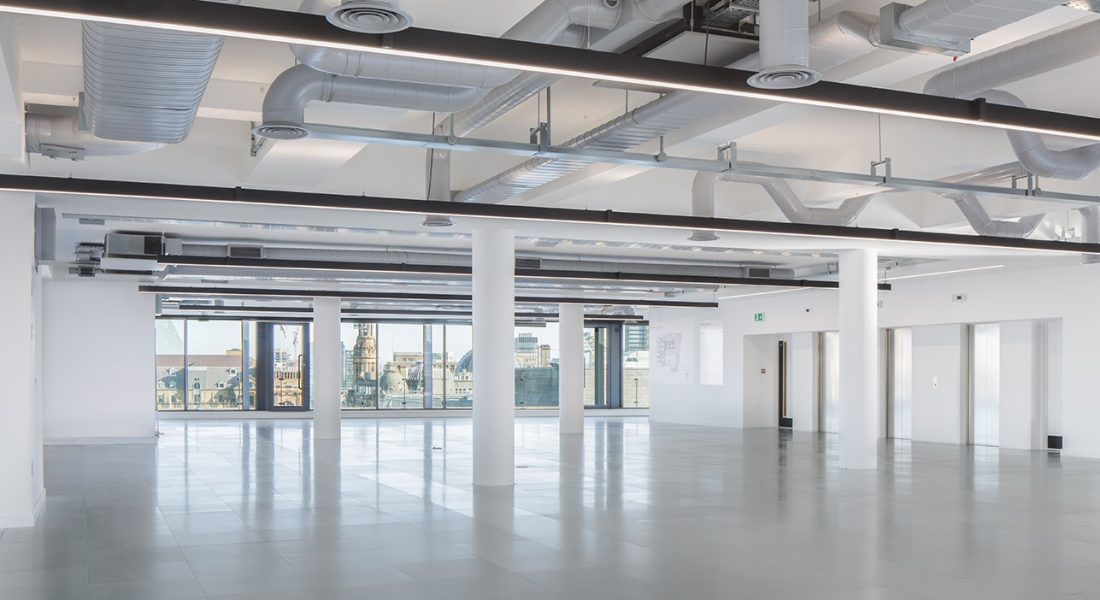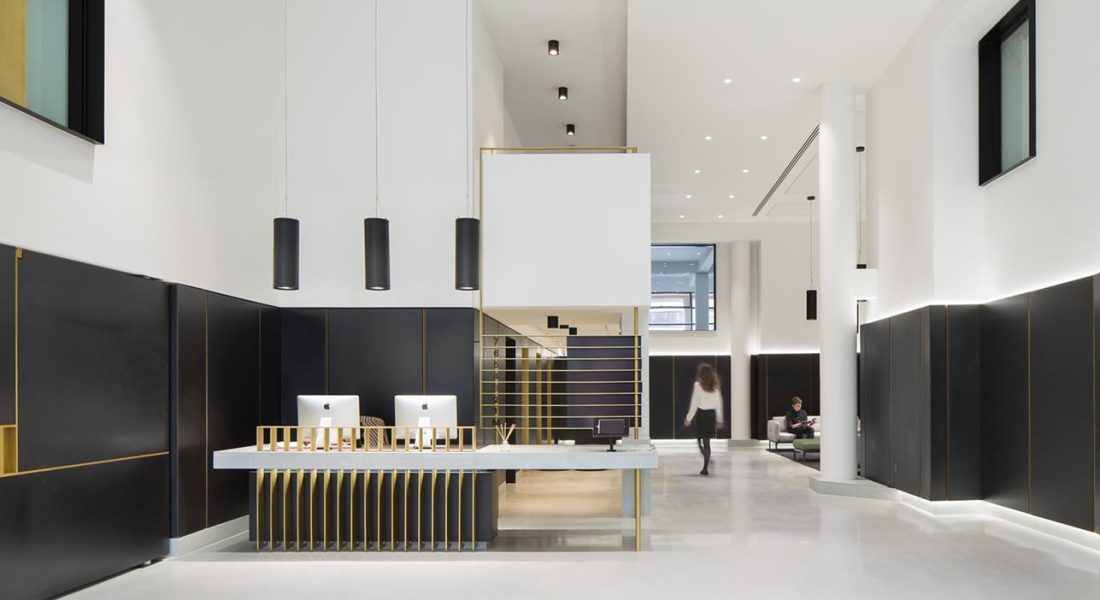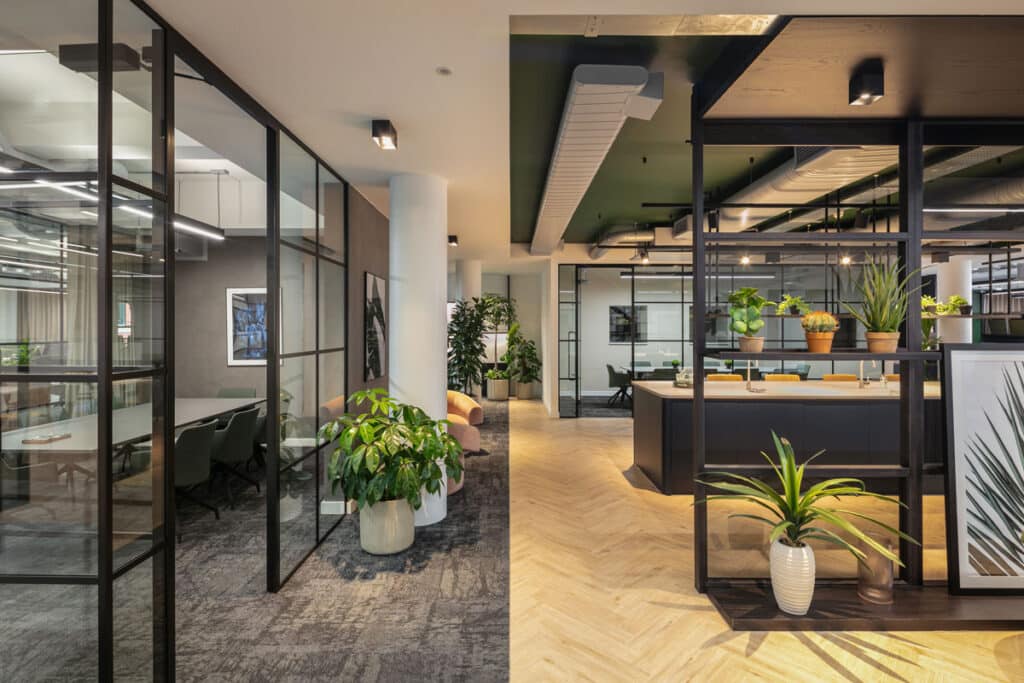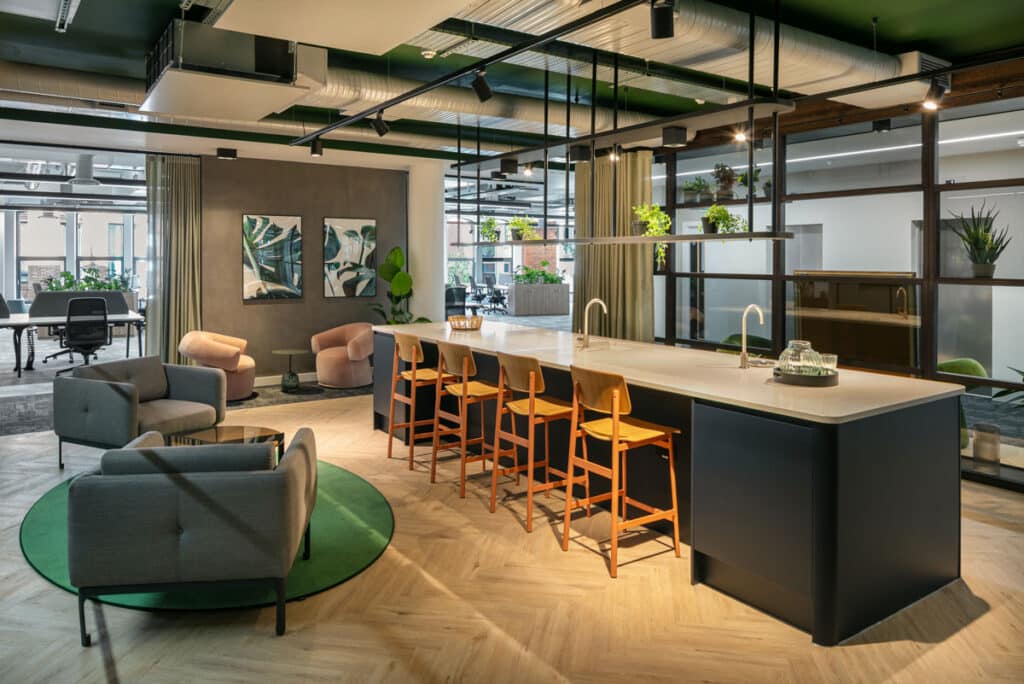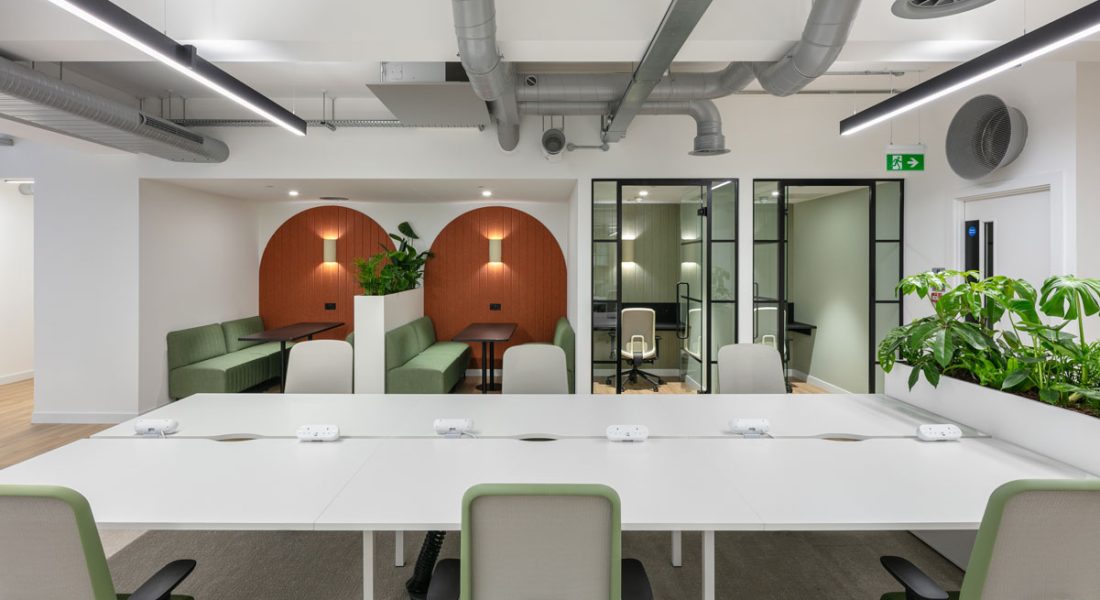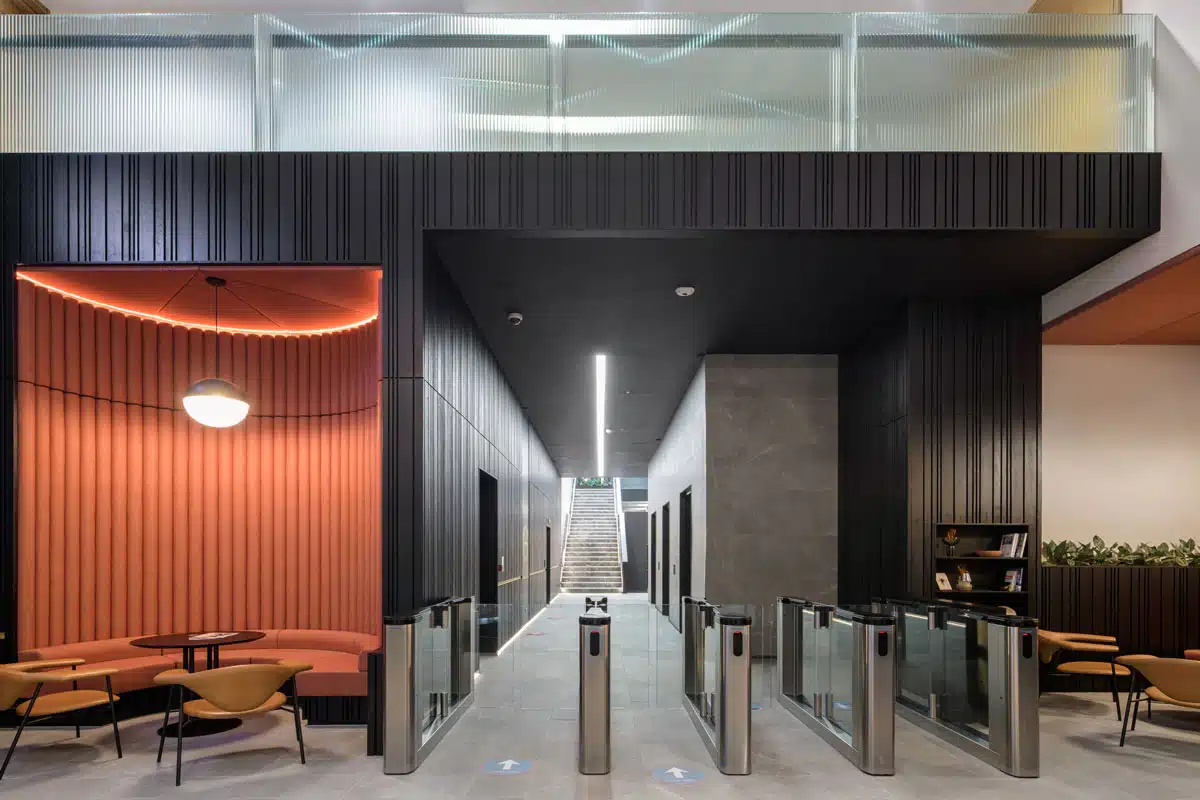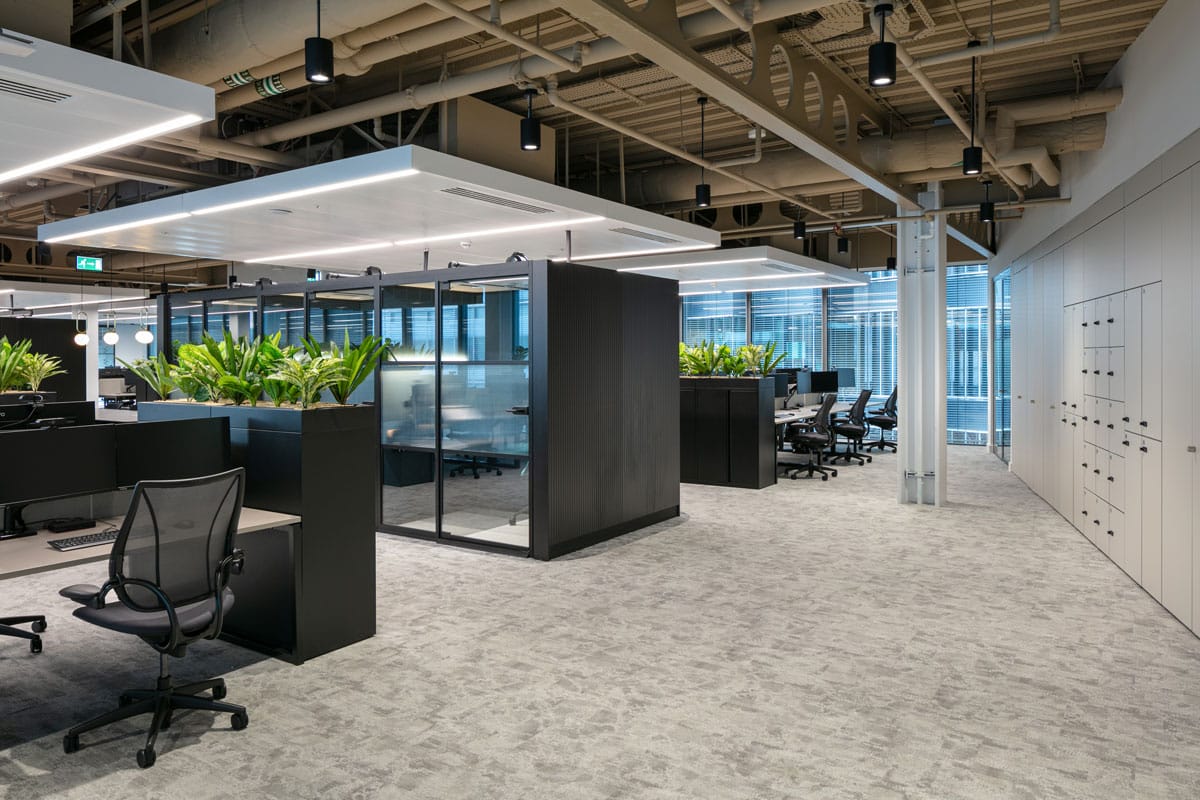When it comes to creating a high-performing workspace, collaboration between landlords, tenants, and fit-out partners is essential. Too often, the focus rests solely on the tenant’s vision. Yet, the landlord’s role is just as important in shaping how smoothly a project progresses and how successfully it performs once occupied.
By aligning early on, all stakeholders can avoid delays, reduce costs, and unlock opportunities for a more sustainable, adaptable office environment.
The Importance of Early Alignment
The most successful fit-out projects start long before the first wall is built. Early engagement between the landlord, tenant, and a trusted partner such as ADT Workplace helps to define shared objectives and identify potential challenges.
An early-stage interface meeting allows all parties to discuss the base build, structural constraints, and the technical capabilities of the space. This ensures that any design or mechanical limitations are identified before the tenant’s plans are finalised, preventing rework later.
Early alignment also creates transparency around budgets and lease obligations. When each party understands where responsibilities begin and end, the process becomes more predictable and efficient.
Understanding the Base Build
A clear understanding of the base build is vital to designing a fit-out that performs well and complies with building standards. Landlords can support tenants by providing comprehensive technical documentation, including M&E drawings, fire strategy reports, and sustainability data.
Fit-out partners like ADT Workplace then use this information to plan around existing systems rather than replacing them unnecessarily. This can reduce waste, improve energy performance, and speed up delivery.
Where required, site surveys and CAT A inspections can highlight opportunities to adapt or reuse elements of the base build—such as lighting, flooring, or HVAC systems—creating both cost and carbon savings.
Tenant Allowances and Flexibility
Lease terms often include tenant allowances or contributions from the landlord towards fit-out costs. These allowances can be maximised through clear communication and early budgeting.
For instance, some landlords now offer CAT A+ spaces—an emerging hybrid between CAT A and CAT B specifications. These spaces come partially fitted with finishes, furniture, and power layouts, allowing tenants to move in faster and with lower upfront investment.
By aligning on the scope and specification of such spaces, landlords and tenants can jointly achieve flexibility without compromising design quality or brand identity.
Integrating Fit-Out Strategy with Lease Renewal or Relocation
For tenants renewing a lease, collaboration can help align refurbishment plans with the new lease cycle. Instead of reactive maintenance or piecemeal upgrades, a structured fit-out strategy can extend the building’s lifecycle and modernise the environment.
For relocation projects, early dialogue with the landlord—often before heads of terms are agreed—can highlight which alterations are permissible, what reinstatement clauses exist, and how sustainable materials or modular solutions might be approved.
When ADT Workplace works with clients in these scenarios, the focus is on efficiency through design intelligence: combining sustainability targets, cost management, and brand alignment in one integrated delivery plan.
Sustainability Through Shared Responsibility
Sustainability has become a shared goal across the property and corporate sectors. By collaborating, landlords and tenants can achieve better environmental outcomes than by working in isolation.
Landlords can provide spaces built to high sustainability standards such as BREEAM Excellent or SKA Gold, while tenants can enhance this performance through low-carbon materials, biophilic design, and smart workplace technologies.
Fit-out specialists play a crucial role in bringing these efforts together. ADT Workplace integrates sustainable construction practices, efficient logistics, and circular design principles to reduce waste and improve long-term building performance.
Practical Steps for Success
To ensure smooth collaboration and optimal outcomes, consider these key actions:
- Host an early coordination meeting involving the landlord, tenant, and fit-out team.
- Review the base build information and perform joint inspections to avoid design conflicts.
- Clarify roles and costs through transparent communication and documented agreements.
- Define sustainability goals early and ensure they are achievable within lease parameters.
- Use a single fit-out partner to streamline design, project management, and delivery.
These steps turn a potentially complex process into a coordinated journey from shell to success.
Conclusion
Landlord and tenant collaboration is not simply about meeting lease obligations. It is about creating a workspace that delivers lasting value—financially, operationally, and environmentally.
By engaging early and partnering with an experienced fit-out specialist such as ADT Workplace, both parties can transform a shell space into a thriving workplace that supports productivity and sustainability from day one.

